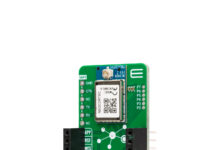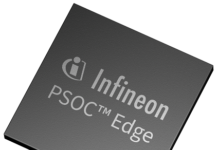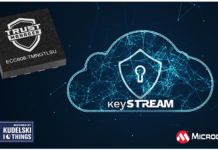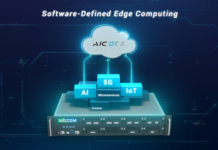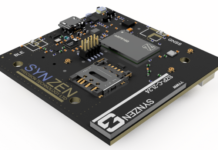
Digital transformation, connected customers and increasingly hyperconnected business ecosystems are transforming manufacturing as we know it. Driving these changes is the fourth industrial revolution, also known as Industry 4.0.
This new paradigm in manufacturing, which comprises technologies like cloud computing, data analytics, artificial intelligence, connected robotics and the Industrial Internet of Things (IIoT), is helping manufacturers enhance efficiencies, collaboration and supply chain partnerships. It’s one reason why UK manufacturers recently reported the second-highest level of optimism in nearly a decade, according to The Manufacturer’s Annual Manufacturing Report.
Microsoft has partnered with The Manufacturer on a new whitepaper detailing how manufacturers are embracing Industry 4.0 and the IIoT to take advantage of cloud-based technologies to ingest and analyze huge volumes of machine-generated data and implement autonomous systems that can turn data into actionable information. Together, these capabilities form the platform for servitization, a service-centric approach that can enable manufacturers to pivot from a company that assembles stand-alone products to one that fuses products with supplemental customer-focused services.
In addition to building long-lasting customer relationships, servitization can enable manufacturers to leverage data to gain greater visibility into the supply chain and business partners. More importantly, it can pave the way for new products and services that unlock revenue streams and enable manufacturers to remain competitive as business environments and markets evolve.
Servitization is a wide-ranging transformation that will impact every aspect of the business—and that can present significant challenges. In particular, manufacturers will need to educate all employees, customers and suppliers on their new business model and services. Sales staff, in particular, will need in-depth training because they will be selling a recurring outcome rather than simply a stand-alone product. Microsoft’s partner ecosystem is uniquely positioned to assist businesses in overcoming these and other challenges when implementing an IoT solution.
For more information visit: blogs.microsoft.com




